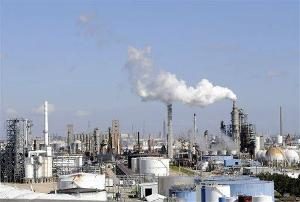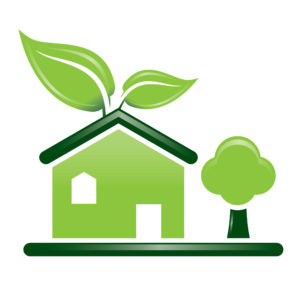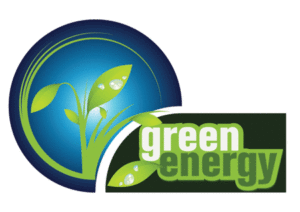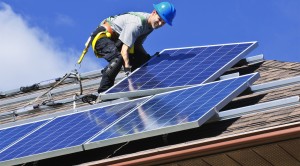 The UN Report – Cut Emissions to Zero was just issued. It suggests that we must reduce our emission of pollutants to zero within a few years. If we do not, we will have lost the opportunity to deal with climate change. It will be here to stay. What does this mean for the average person? Right now nothing really since few politicians will change or take on this issue. The average person will probably not even be aware of the impact until it is too late.
The UN Report – Cut Emissions to Zero was just issued. It suggests that we must reduce our emission of pollutants to zero within a few years. If we do not, we will have lost the opportunity to deal with climate change. It will be here to stay. What does this mean for the average person? Right now nothing really since few politicians will change or take on this issue. The average person will probably not even be aware of the impact until it is too late.
Companies on the other hand will discourage any immediate action since this will immediately impact the bottom line i.e. profits. Share holders will be impacted. Can we eliminate pollution like the one in this picture quickly? This one and a thousand other locations around the planet must be reduced if we are going to make a difference. We need to reduce our use of vehicles to make these companies change.
What Does the UN Report – Cut Emissions to Zero Mean
Well what this writer got out of it was that the average temperature is going to up by two degrees around the earth. This means that some areas will experience much wider swings. Probably this means more violent storms, more desert areas, more flooding and hotter summers. Ice caps will melt and the seas will rise. Tropical diseases will head north and south. Life as we currently know it will be much different, especially for those people living in low lying areas. Flooding from the sea and high tides will do a lot of damage.
Can We do Our Part?
The answer is yes but it is going to cost you some money. Reducing the energy that is being used by every family is the first step which is really what this web site is all about. Turning down the temperature for heating in the winter, turning up the temperature for air conditioning in the summer, using CFL lights or LED lights and driving more efficient vehicles are among the major things that we as consumers can consider. Can we go further than this, well of course we can, but this is where it really takes some time and some money to reduce your overall energy footprint.
Considering solar power for your home, wind power for your home are two options. Better insulation for your home, reducing the packing of products that you purchase, recycle everything, walk to work or use public transit or bike to work would be better. Think about everything you do in your life and consider how you can reduce the energy foot print to make your own contribution. Let’s hope that the politicians get it right and initiate the steps to take us towards zero emissions!
For more topics and ideas about energy reduction, click here.





